
CCL: https://tinyurl.com/22y23f9m
Koa Butterfly Facts
- The short yet descriptive and informative term of Koa Butterfly serves as the most regularly used common name for this lovely small Lepidoptera. The invertebrate does, however, have a few other general titles. They even include such unusual names as Koa Hairstreak.
- Within the scientific community, though, it’s perhaps better known by its technical moniker. Fortunately, however, that term’s a comparatively simple one for the layperson to pronounce. That’s because the insect currently holds the formal tag of Udara blackburni.
- The stunning, delicate marvel of Nature received that designation due to the efforts of the British entomologist Thomas Blackburn. He accomplished the first recognition of it as a separate and distinct species. That scientifically noteworthy deed occurred in 1878.
- Though relatively diminutive in size, this wonder of Nature and evolution nevertheless merits a surprising degree of note in the halls of science. That’s due to the surprising fact that it represents one of only two species of butterfly native to its precise region of the world.
- Thankfully, though, the beautiful Koa Butterfly appears to still be maintaining a relatively thriving population base. This pleasant trend further seems to hold true throughout its natural range. The IUCN thus currently shows it as Least Concern on its published Red List.
- Yet, the marvelous Arthropod should nevertheless still be considered to be facing multiple threats to its continued existence. In this, it but faces the same perils as all forms of life on earth today. Most of these stem from the actions of man, chiefly including climate change.
Related Articles
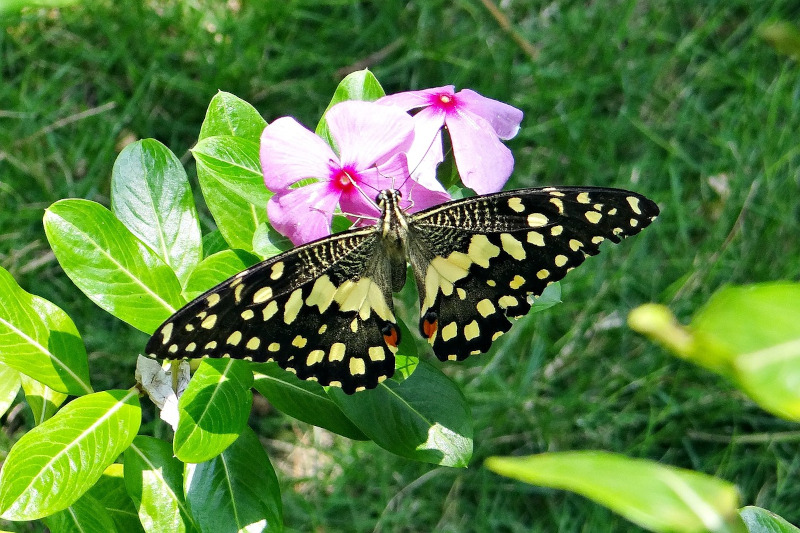
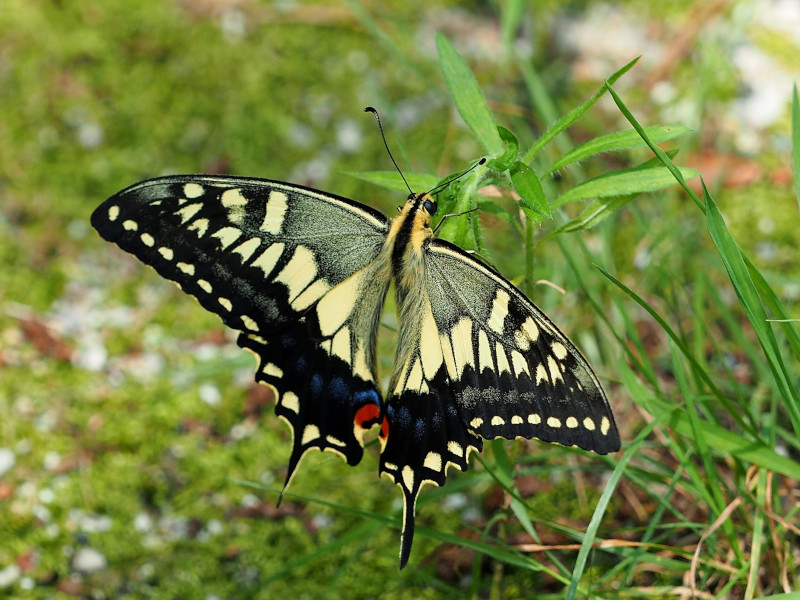
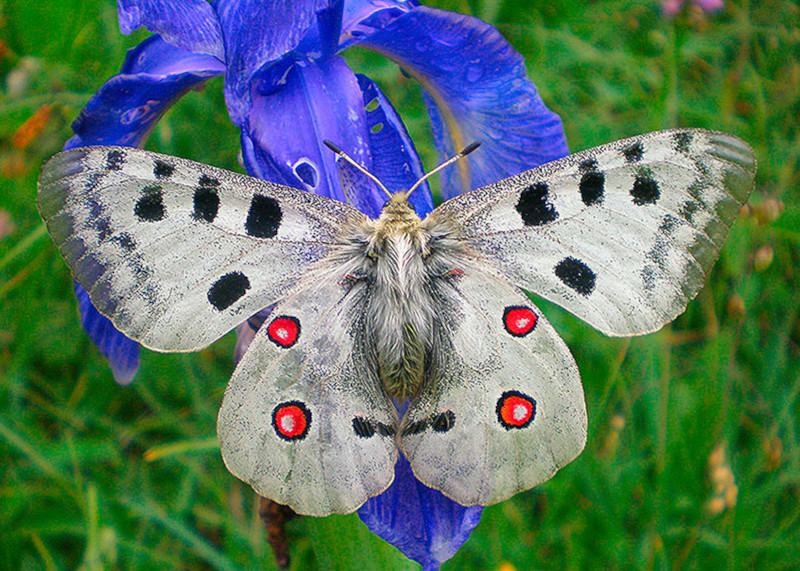

Koa Butterfly Physical Description
The stunning Koa Butterfly rarely fails to captivate those indivisuals fortunate enough to encounter this marvel of the natural world in the wild. It generally does so, however, due more to its great visual splendor than pure size. That’s because Nature packed all its beauty into a small package.
The invertebrate further distinguishes itself from its many relatives around the world in yet another manner. That’s in the fact that it displays no noticeable degree of the physiological characteristic of sexual dimorphism. Though certainly not unknown, it’s nonetheless slightly uncommon.
Individuals of both sexes of the species therefore present the same approximate outward appearance to the observer. This holds true for both physical dimensions and coloring. Regarding the former, an average wingspan for this gorgeous insect only measures about 1 in (2.5 cm).
But, while comparatively small in size, those delicate appendanges still present a truly stunning display. The upperside of both sets of wings displays an iridescent shade of blue. This coloring, though, tends to darken slightly around nearer the edges, and lighten further away from them.
The underside, however, shows a completely different hue. This portion of the wings of the invertebrate usually displays a magnificent shade of pale green. This coloring also has a breathtaking iridescent cast to it. All but the leading edges of the wings also have a covering of fine hairs.
The body of the amazing Koa Butterfly itself also catches the viewer’s eye with its pleasing color scheme. Relatively thick in structure, it boasts a dense covering of hair. This typically possesses a lighter shade of blue than the upper wings, yet still presents the amazing iridescent quality.
The insect’s also well-noted for other visually distinguishing features that only serve to add to its distinctiveness. Among these is the presence of comparatively large eyes. Its elongated antennae also show a whimsical alternating pattern of black and white stripes to the witness.
- Kingdom: Animalia
- Phylum: Arthropoda
- Class: Insecta
- Order: Lepidoptera
- Family: Lycaenidae
- Genus: Udara
- Species: U. blackburni

CCL: https://tinyurl.com/22y23f9m
Koa Butterfly Distribution, Habitat, and Ecology
The small in stature yet still impressive Koa Butterfly evolved as native to a highly restricted portion of the surface of the earth. The exact location of that zone of habitation, though, might surprise many of you. That’s true since it’s only endemic to one location in the North Pacific Ocean.
More specifcally, the remarkable Arthropod developed as indigenous to what’s now the archipelago of the Hawaiian Islands, itself forming part of the United States. However, it appears to be absent from one of the eight major islands, Niʻihau, in addition to the minor islets and atolls.
This amazing product of Nature and evolution displays an extremely useful degree of flexibility regarding its choice of habitat. Due to this, the insect’s seen in both regions of both tropical and semi-tropical vegetation within its territorial range. This obviously aids in its survivability.
Primarily, however, this prefered range consists of regions placed in the local upland areas where native forest remain. These may be either dry or wet in nature for its purposes. Its habitat range also includes areas with altitudes ranging from 197 – 6,201 ft above sea level (60 – 1,890 m).
Evolution also provided the charming Koa Butterfly with highly versatile appetites. Its larvae do feed voraciously, primarily on the Acacia koa, thus the name, but remains enough of a generalist to also feed on other plant species. This includes both native and non-native species of flora alike.
Mature adults, meanwhile, follow much the same pattern of feeding behavior, at least in which plants they seek out for their dietary needs. These examples, however, only eat the sweet nectar of the many various flora they target, using the long, curled proboscis Nature provided them.
Species Sharing Its Range

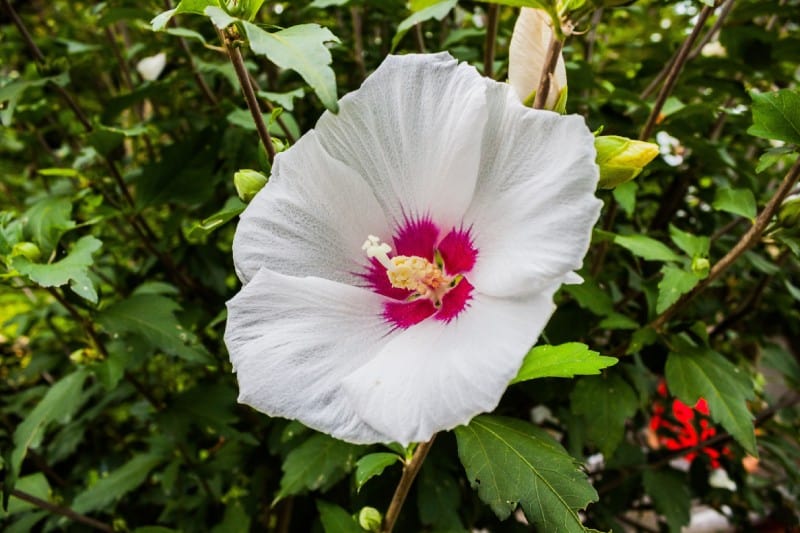
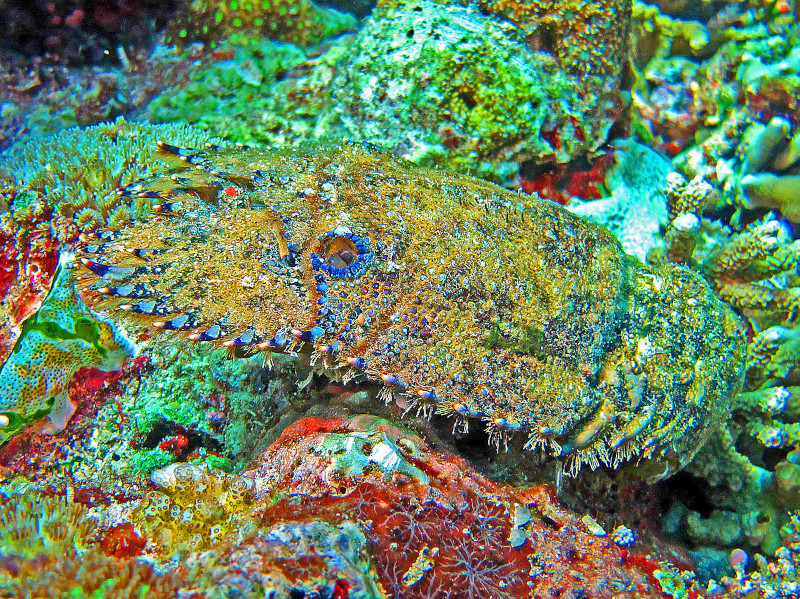
Check out our other articles on 4 Radiant Red Sea Creatures, Japanese Dwarf Flying Squirrel, Komodo Island, Bird’s nest Banksia, Pea Blue, Cauliflower Jellyfish, 5 Terrific Texas Mammals









Leave a Reply